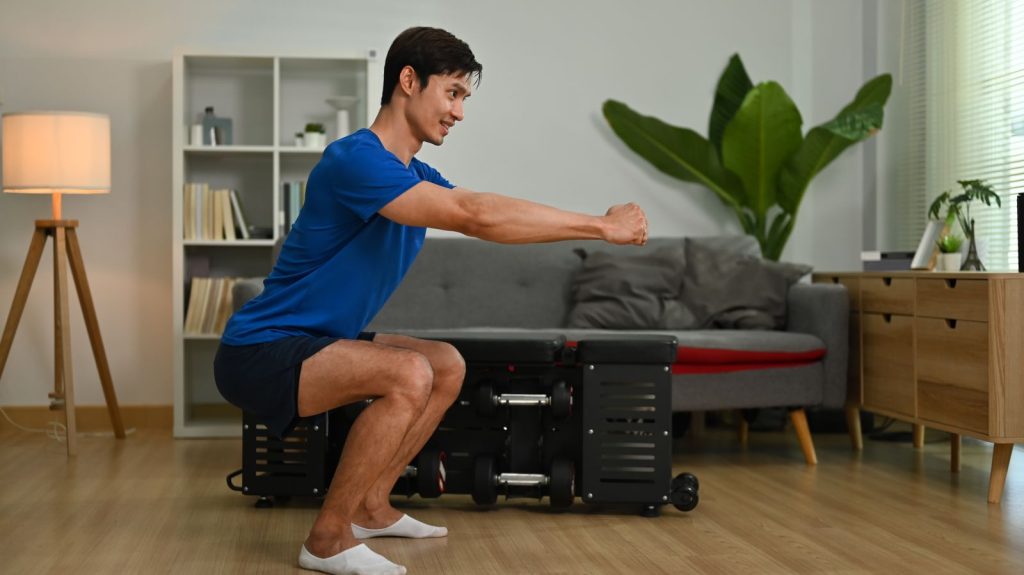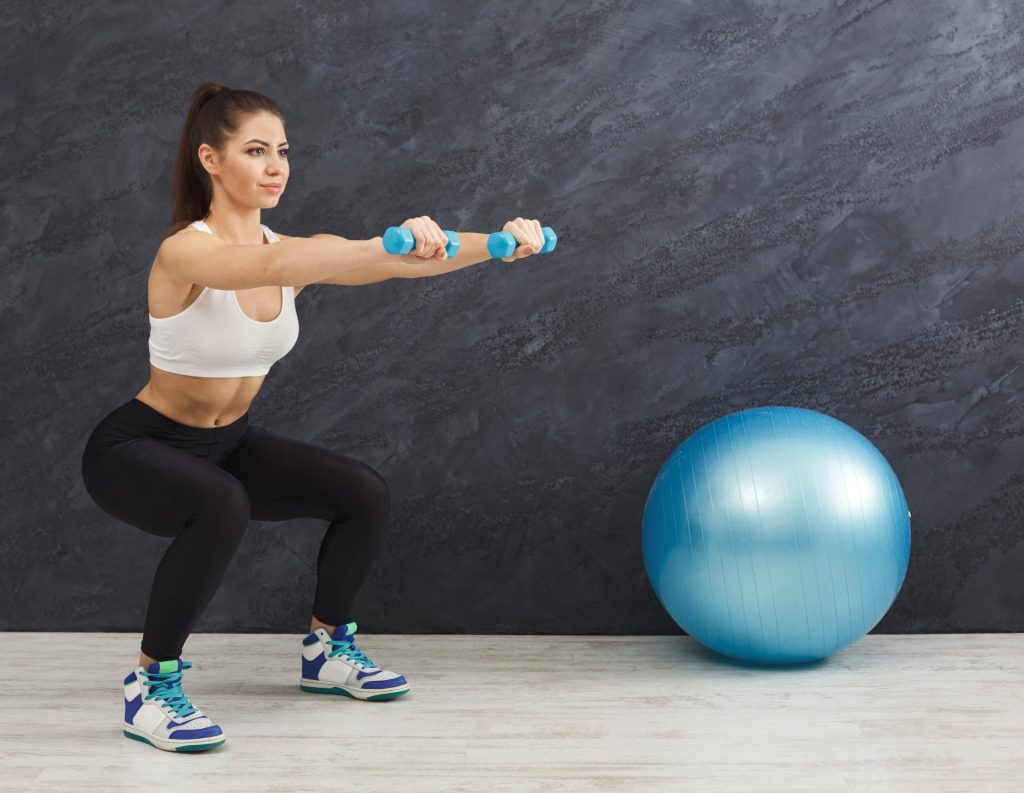Are you looking to improve your flexibility and strength uniquely and effectively? Look no further than the Asian Squat technique! This blog post will explore the benefits of mastering this technique and how it can enhance your fitness routine.
Whether you’re an athlete, fitness enthusiast, or simply looking to add a new exercise to your repertoire, the Asian Squat provides a great opportunity to challenge your muscles and improve your overall athletic performance.
So, let’s dive into the science behind this technique and discover why it should become a staple in your fitness routine. But first, let’s address the burning question: what exactly is the Asian Squat?
Contents
The Basics of the Asian Squat
The Asian squat is a unique and distinct exercise position that involves a deep squat position with the heels firmly planted on the ground and the thighs close to the calves. This technique requires significant flexibility and strength in the lower body, making it an excellent exercise for improving overall mobility and developing powerful leg muscles.
It has its roots in the historical and cultural practices of many Asian countries. In Asian cultures, squatting is a common sitting position used for various activities, such as eating, socializing, and even using the bathroom. This natural sitting posture has been ingrained in the daily lives of countless individuals in Asia for centuries.
Benefits of the Asian Squat Technique
Enhanced Lower Body Flexibility:
Regular practice of the Asian squat targets the hip, ankle, and groin mobility, leading to improved flexibility in the lower body. This increased range of motion allows for better performance in various physical activities and reduces the risk of injuries.
Strengthening Effects on Various Muscles:
The Asian squat engages multiple muscle groups, including the quadriceps, hamstrings, glutes, and core muscles. Regularly performing this squatting technique strengthens these muscles, leading to improved stability, power, and overall lower body strength.
Improved Posture and Balance:
The deep squat position in the Asian squat technique promotes better posture and balance. By maintaining this position regularly, the body’s alignment is optimized, reducing the strain on the spine and helping to correct postural imbalances. This, in turn, can alleviate lower back pain and enhance overall stability and balance.
Alleviation of Lower Back Pain:
The Asian squat can be particularly beneficial for individuals suffering from lower back pain. This squatting technique helps alleviate discomfort and strengthens the muscles that support the lower back by engaging the core muscles and promoting proper spinal alignment.
How to Do Asian Squats: A Step-by-Step Guide
Warm-Up
Before diving into the Asian squat, preparing your muscles and joints for the movement is crucial. Here are some dynamic warm-up exercises to consider:
Foot Placement
To maintain stability and balance during the Asian squat, adopting the correct foot positioning is essential. Follow these steps for optimal foot placement:
Depth and Form
Achieving a deeper squat while maintaining proper form is crucial for maximizing the benefits of the Asian squat. Follow these guidelines to deepen your squat gradually:
Hand Placement
Proper hand placement is key for balance and stability during the Asian squat. Follow these steps:
Breathing Technique
Proper breathing during the Asian squat can aid relaxation, flexibility, and stability. Follow these breathing techniques:
Progression Tips
As you become more comfortable with the Asian squat, you can gradually increase the time spent in the position and deepen your squat. Here are some progression tips:
Incorporating the Asian Squat into Your Routine
Here are some ways to incorporate the Asian squat into your daily routine:
Infusing the Asian Squat into Daily Activities:
Integrating the Asian Squat into Exercise Routines:
Integrating the Asian squat into your exercise routine can provide a dynamic warm-up or cool-down activity. Consider the following examples:
Adaptability for All Ages and Fitness Levels:
One of the great advantages of the Asian squat is its adaptability for people of all fitness levels and ages. Whether a beginner or an experienced athlete, you can modify the exercise to suit your needs and abilities. Here’s how:
Overcoming Challenges and Precautions
Limited flexibility or mobility:
Modifications and Variations:
Listening to Your Body and Gradual Progress:
FAQs
Why Can’t Everyone Do The Asian Squat?
Not everyone can do the Asian squat because it requires a certain level of flexibility and strength in the hips, ankles, and knees, which many people lack. Additionally, cultural factors and lifestyle choices may limit a person’s ability to perform the Asian squat comfortably.
How Long Should I Hold The Asian Squat Position?
Initially, aim to hold the squat for 20-30 seconds. As you become more accustomed to the posture, gradually increase the duration. Remember to listen to your body and avoid overexerting yourself.
Can I Add Weights To Asian Squats For A Greater Challenge?
Yes, you can. Holding a kettlebell or dumbbell at chest level while performing Asian squats adds resistance and makes the exercise more challenging. This can be particularly beneficial for advanced fitness enthusiasts.
Conclusion
The Asian squat is a great exercise for building strength, flexibility, and balance. With regular practice and gradual progression, individuals of all fitness levels can benefit from this exercise. It is important to listen to your body and respect its limitations while gradually increasing the intensity of the exercise over time.




